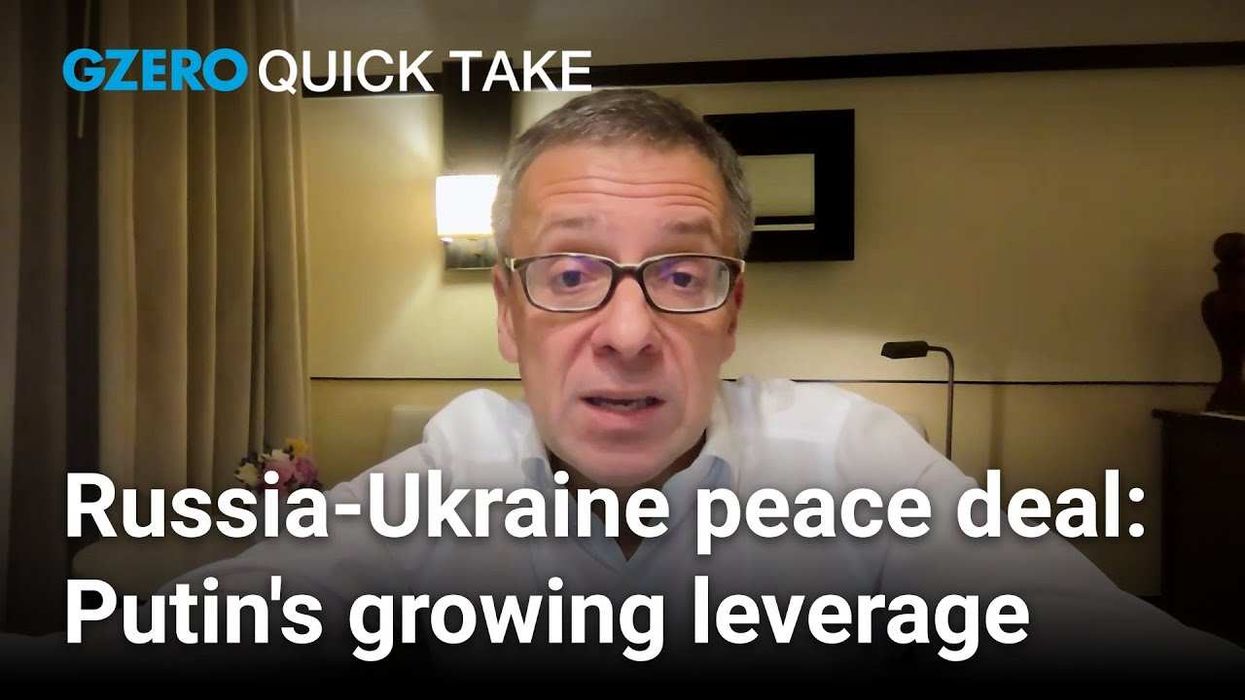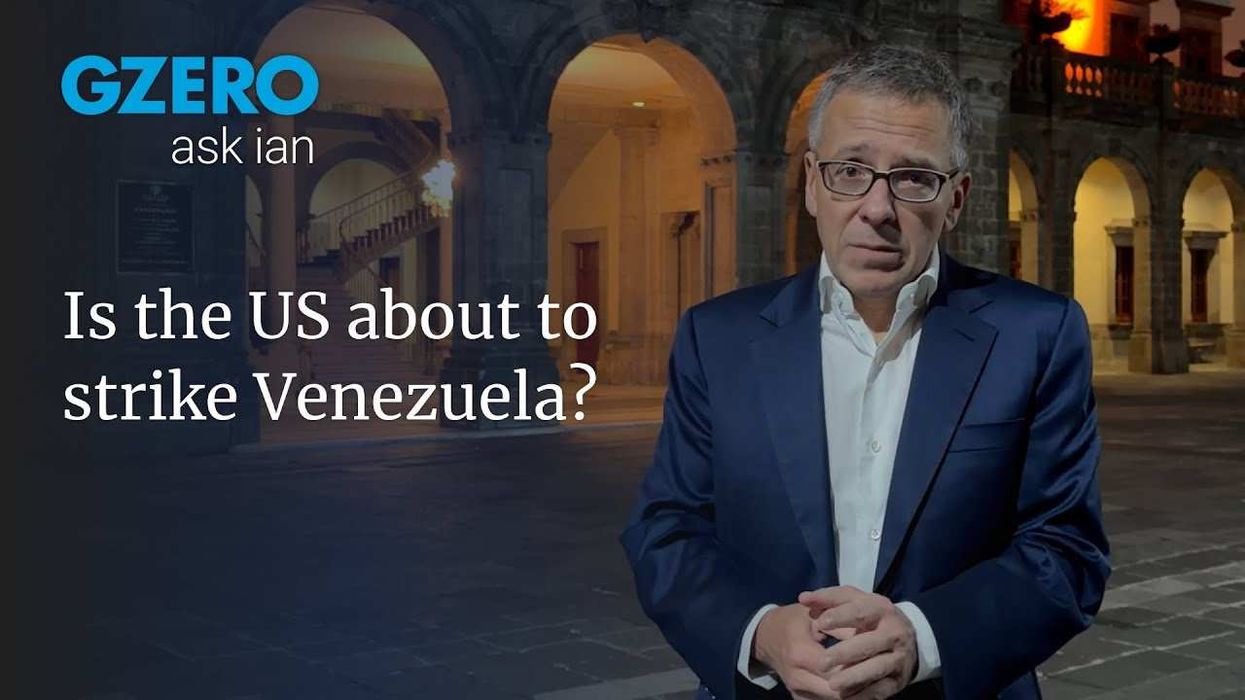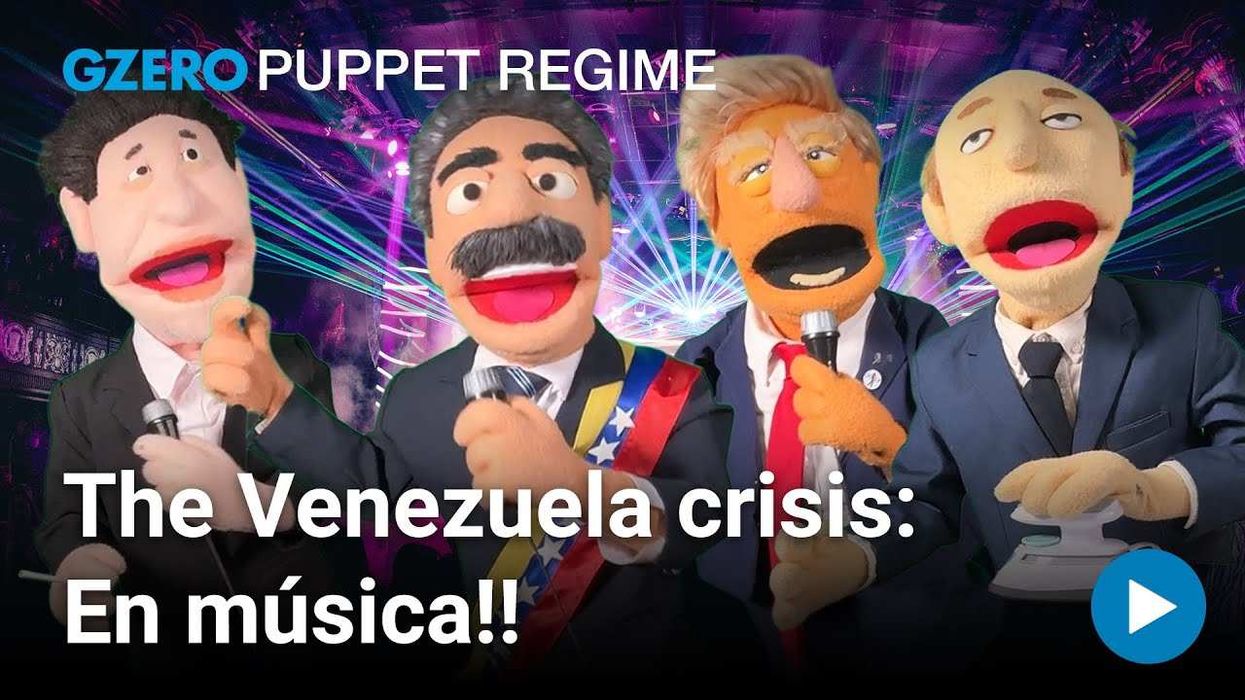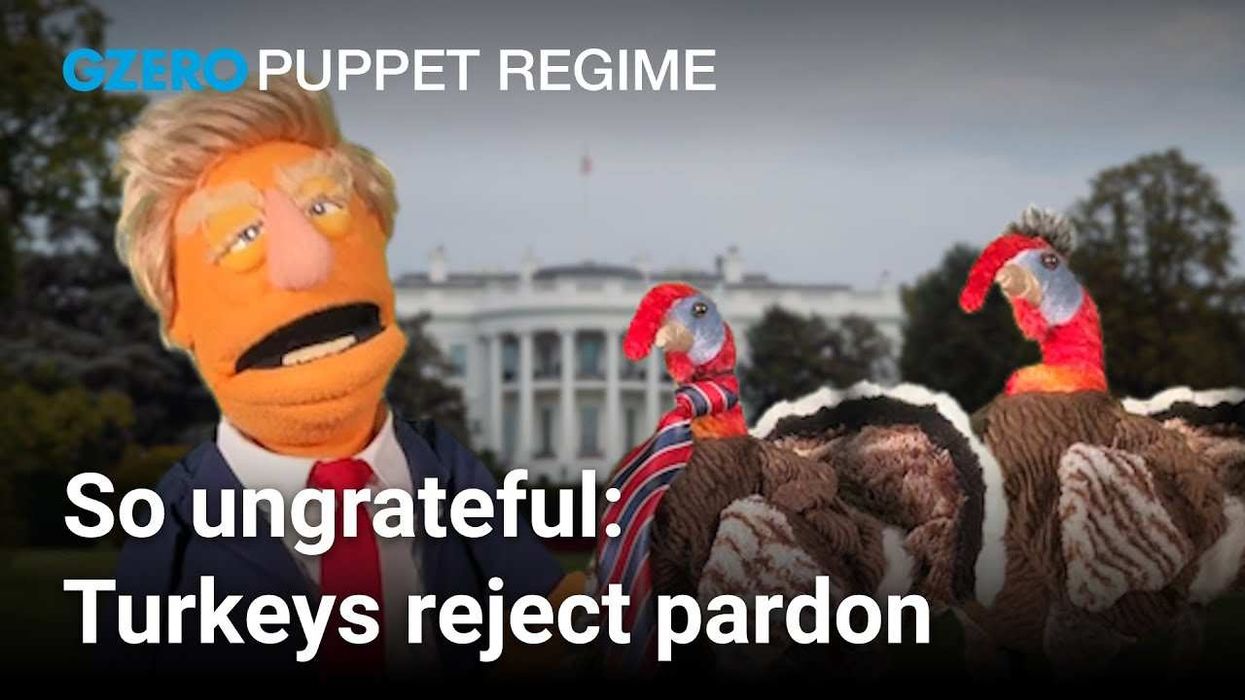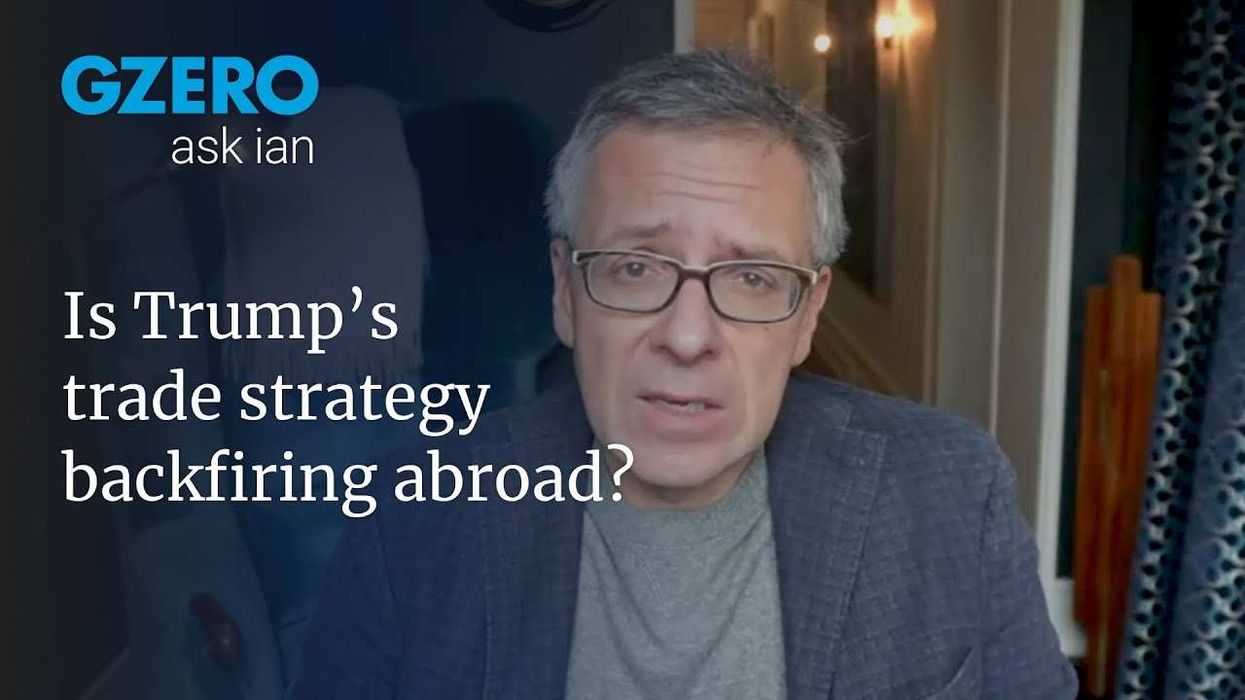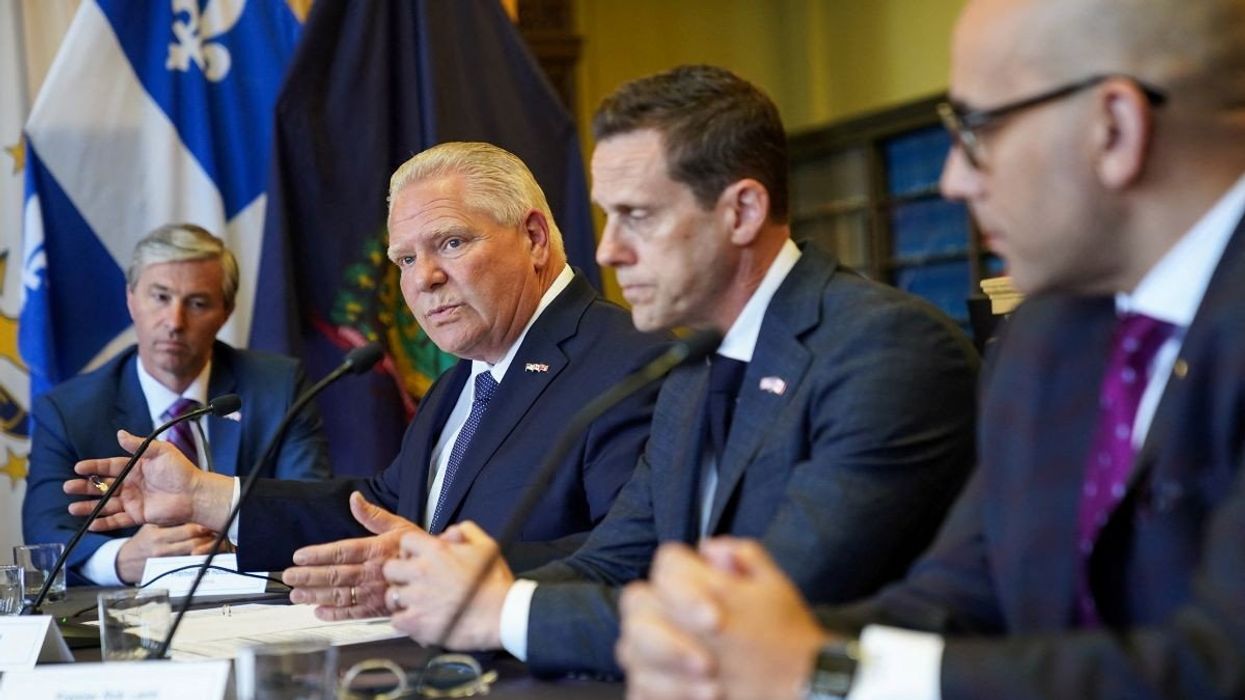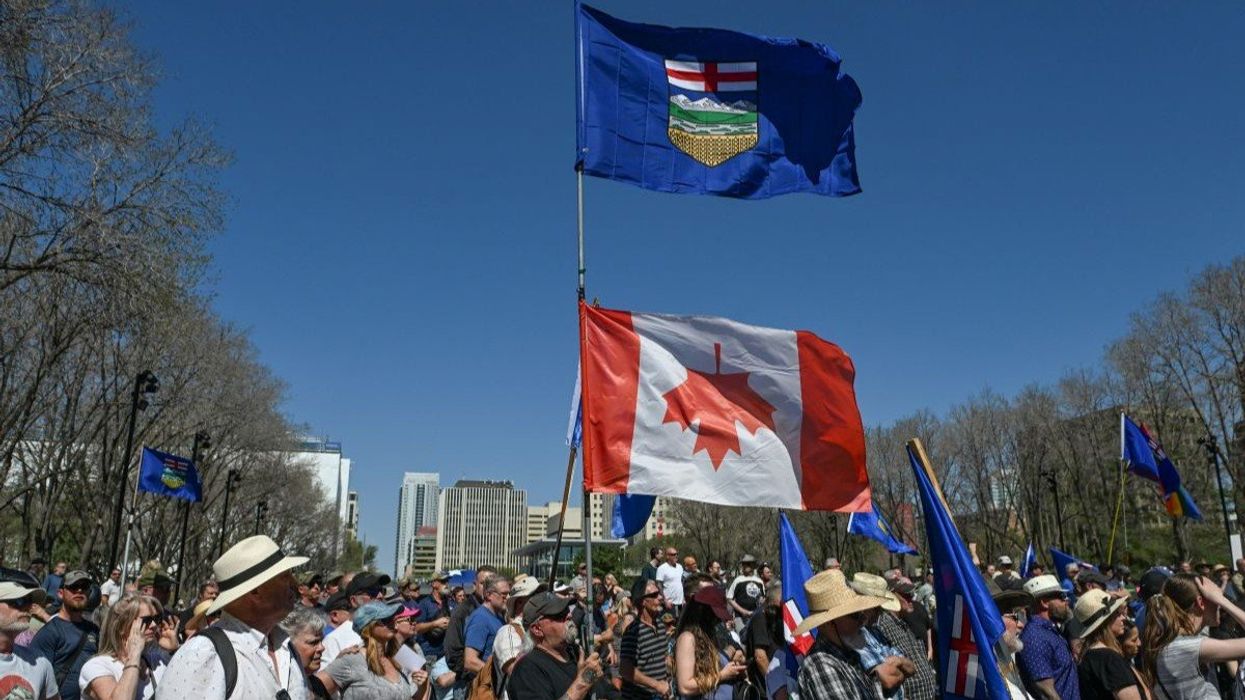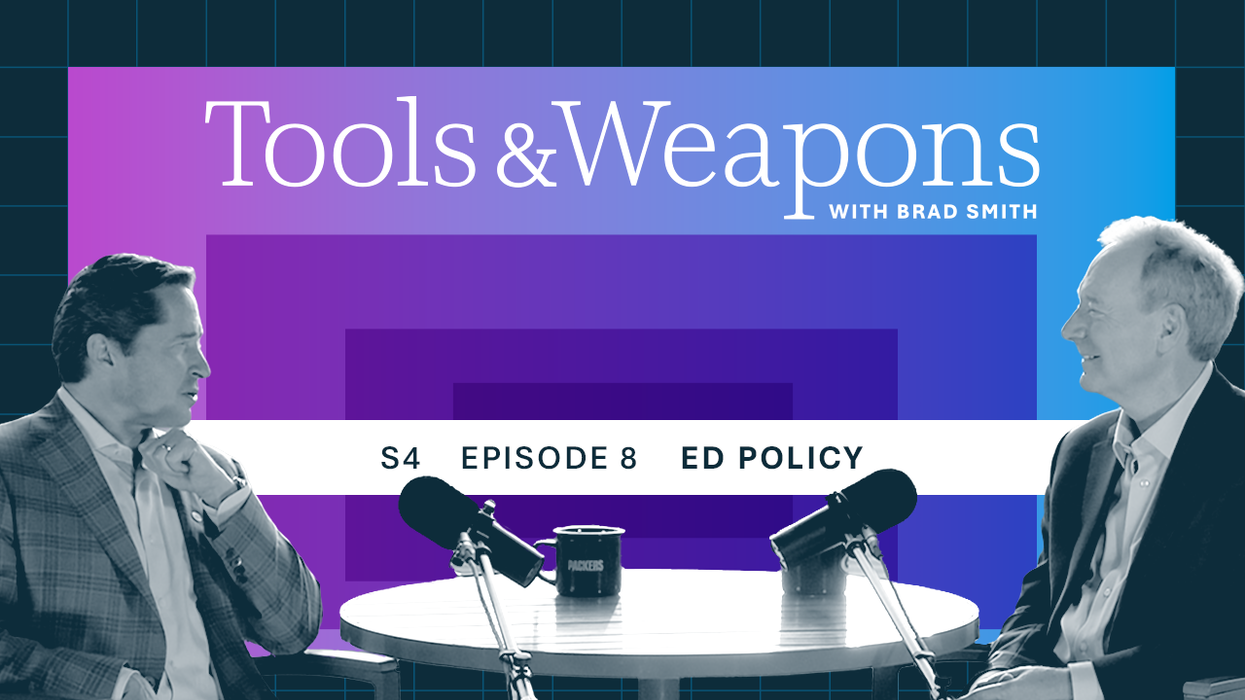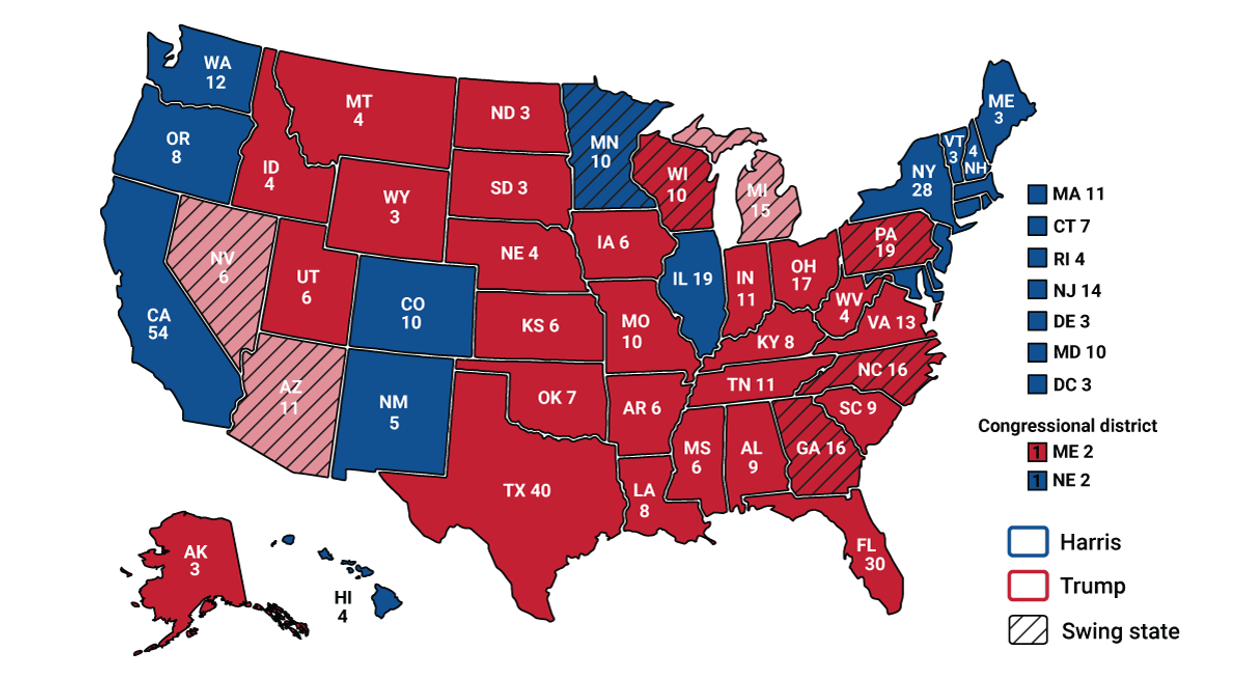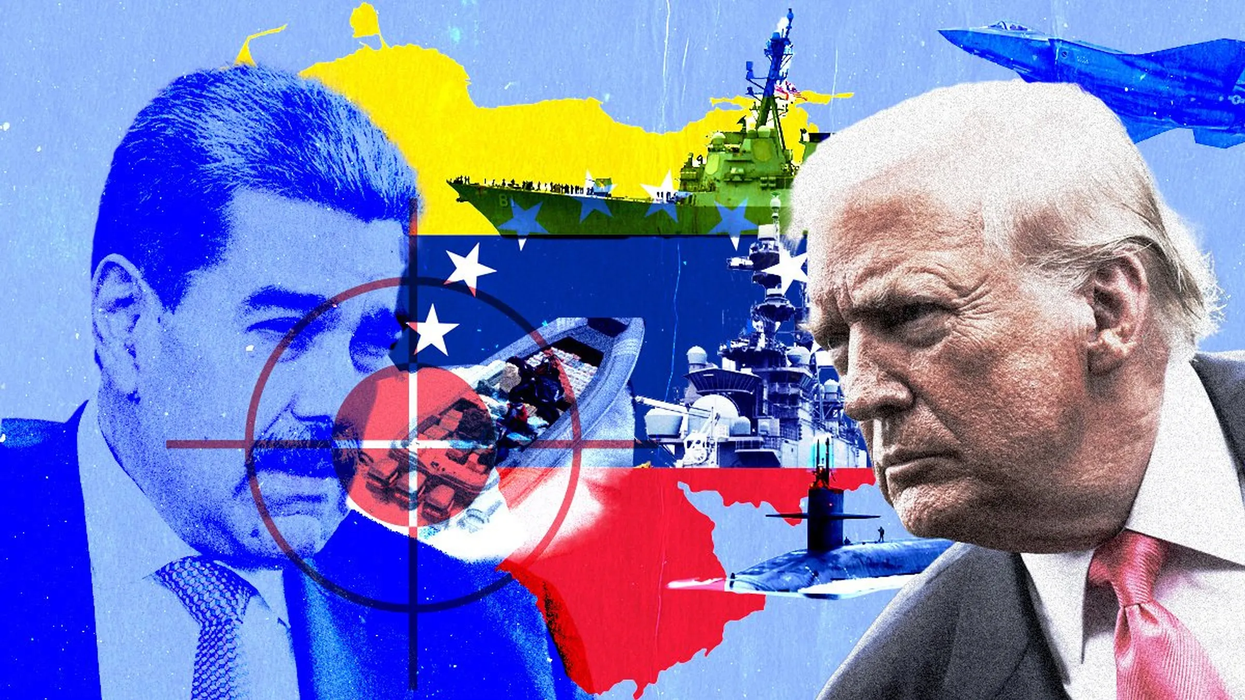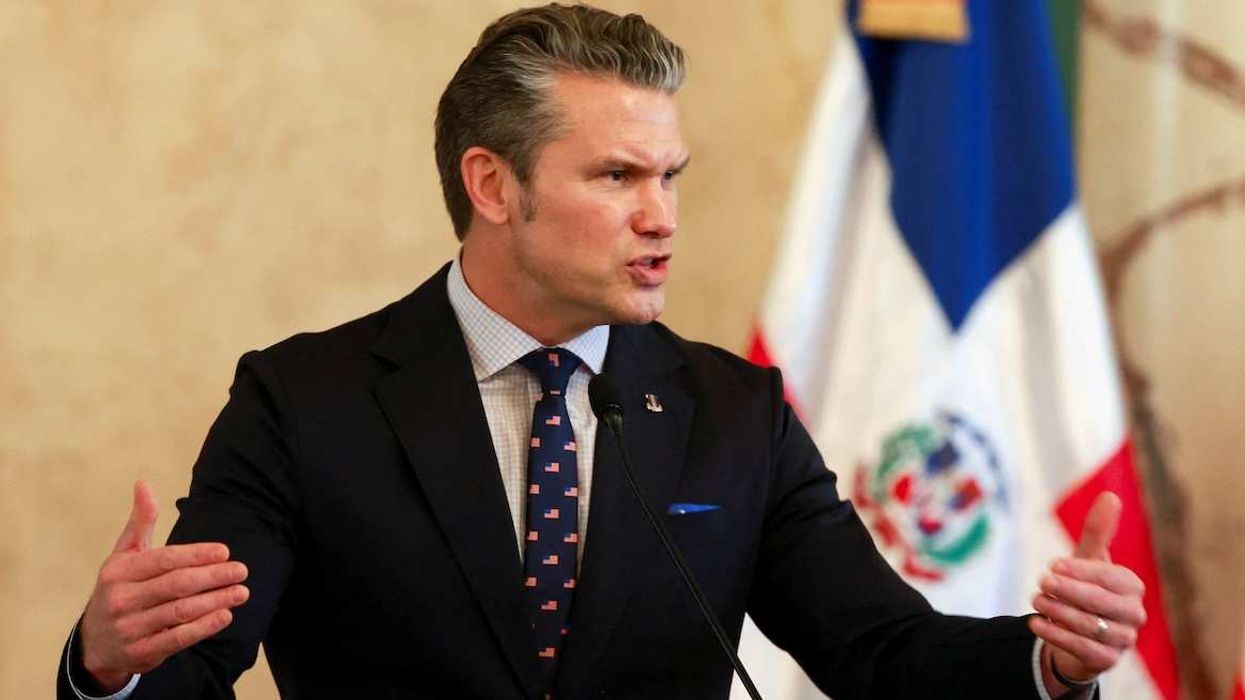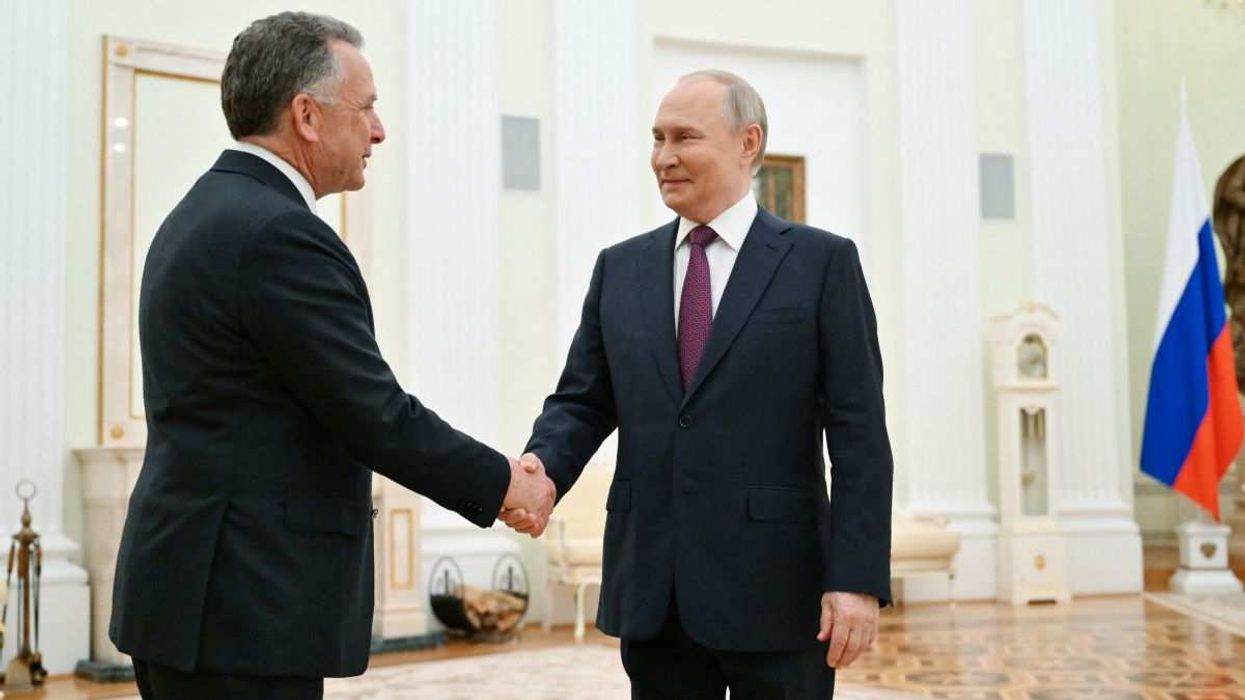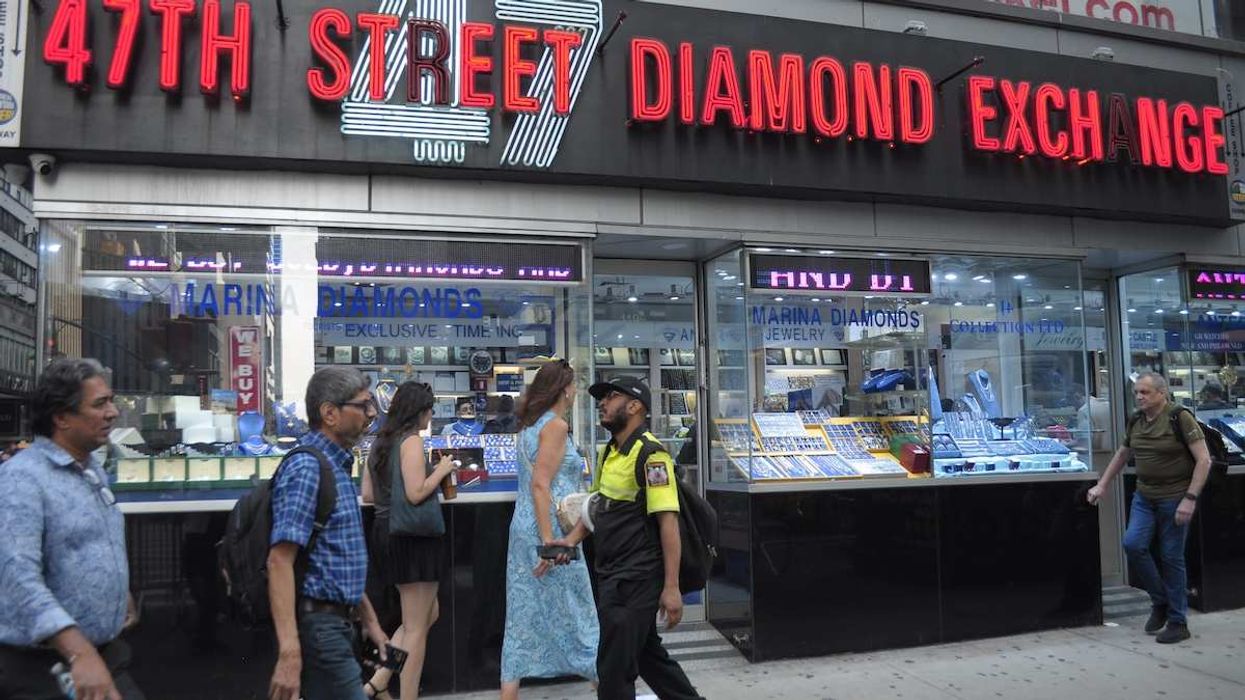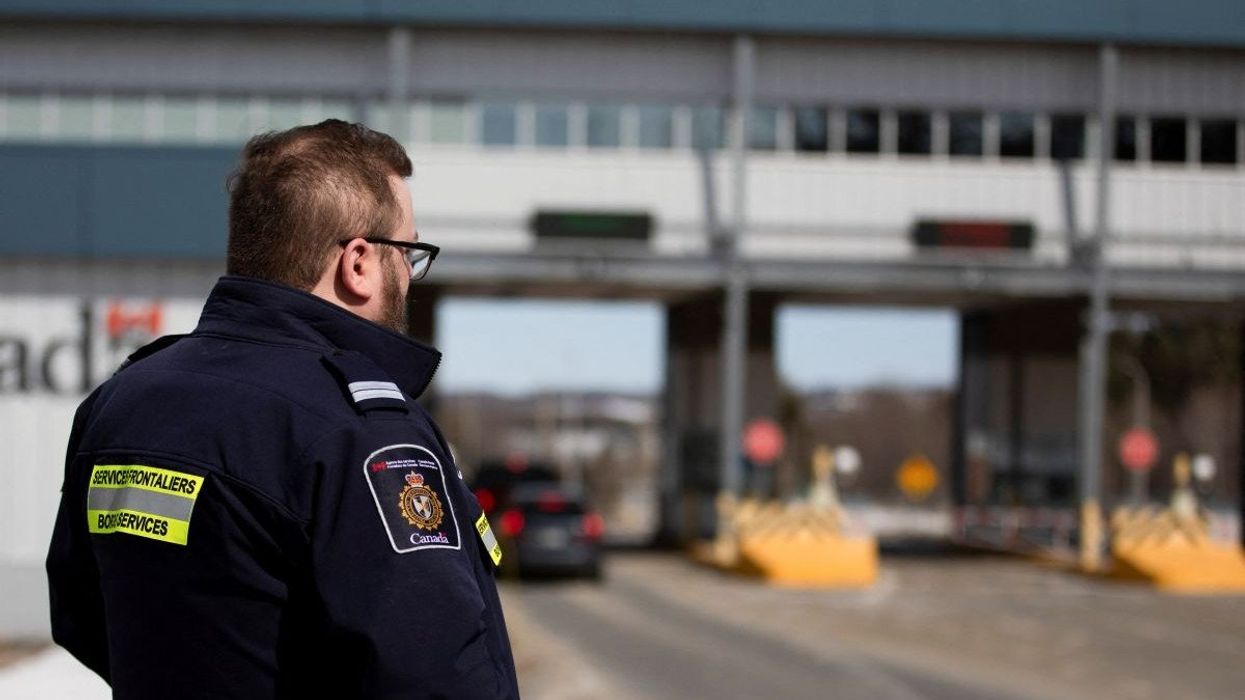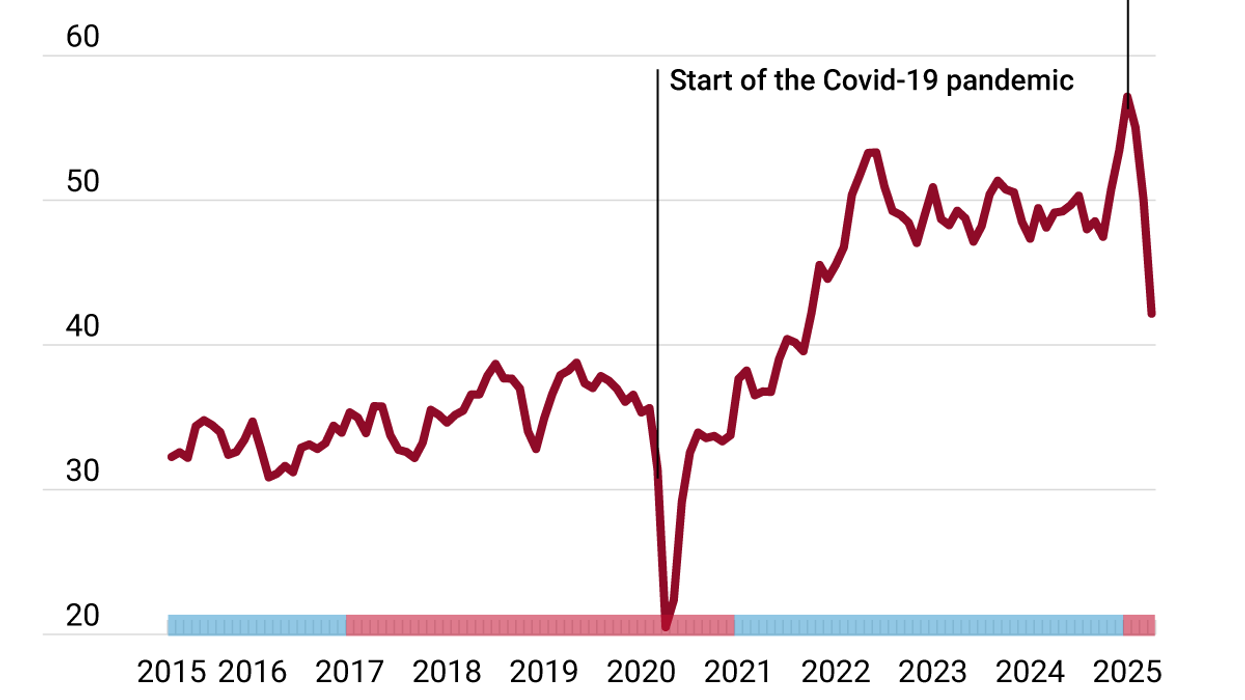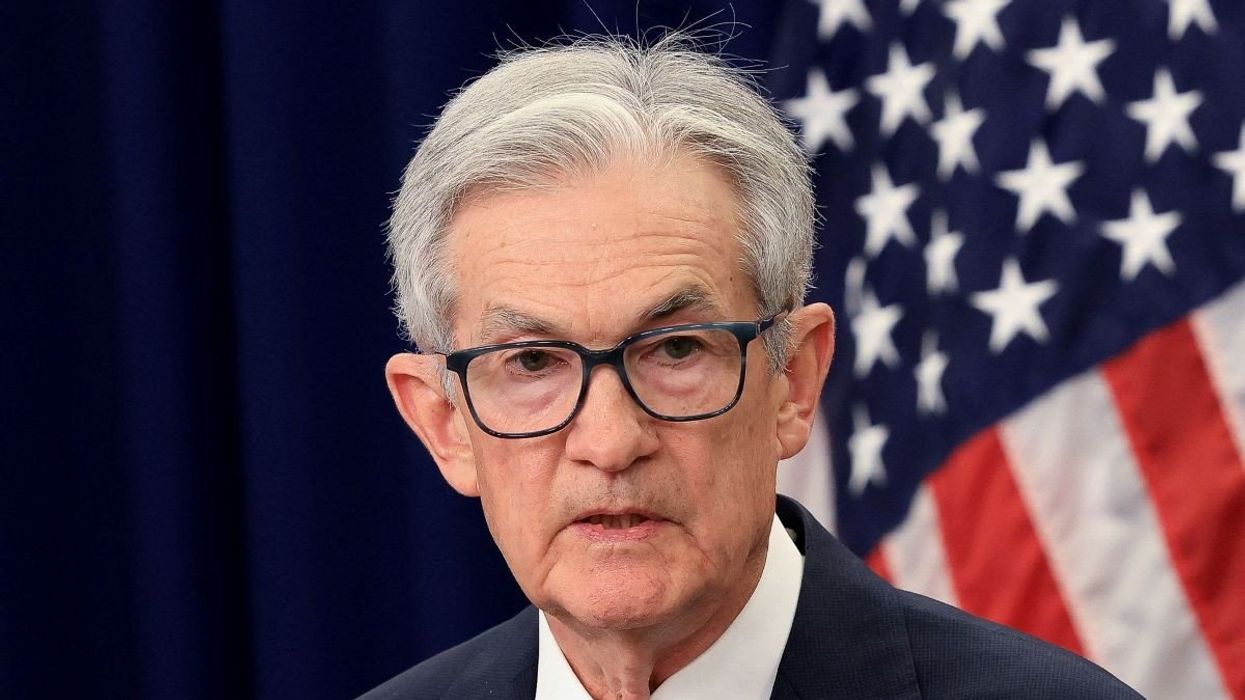But, as the world’s most powerful military alliance moves into a new and more robust phase, here are three things to ponder.
First, this was a win for Trump.
Donald Trump’s Reality TV approach to global politics is working. The US president has leveraged his country’s awesome military power, along with his own personal unpredictability and media savvy, to command the spotlight and advance his “America First” agenda. In this world, international meetings are merely backdrops for the Donald Trump show.
At the G7 summit in Alberta 10 days ago, he wrestled control of the world’s attention by leaving early to respond to the military conflict between Israel and Iran. After bombing Iran’s nuclear facilities, he announced a ceasefire between Israel and Iran that he initially sought to manage in CAPITAL LETTERS on social media. Flying off to the NATO summit, he published an ostensibly private text message from NATO Secretary General Mark Rutte, in which the mild-mannered former Dutch prime minister flattered Trump for his “decisive” bombing of Iran and insisted the president was headed to another major triumph at the meeting in The Hague.
“Europe is going to pay in a BIG way, as they should, and it will be your win,” Rutte wrote, accurately.
Rutte in fact set up the summit as an extended ceremony of capitulation. He even called Trump “daddy” in an exchange about wrangling peace between Iran and Israel. It looked undignified, and out of step with the attitudes of European voters who are largely hostile to Trump. But it worked. The alliance is paying more for defense, and Trump now seems to be a staunch supporter of NATO again.
Note: Trump is hardly the first US president to demand that NATO members shoulder more of the alliance’s defense burden. But he is the first to get them to actually do it so decisively. The most powerful unscripted drama in the world is playing out in Trump’s favor.
Second, the rearming of Europe has begun.
Europe’s voters, accustomed to social democracies that spend a lot of money on public services, might rather their governments spend money on butter, but they have come to see that they must buy guns. Russian President Vladimir Putin’s invasion of Ukraine has made it necessary. Last year, Putin spent $149 billion on the Russian military, 7.1% of the country’s GDP, creating a vast and menacing war machine on Europe’s doorstep. And it is not possible to be confident that Russia’s ambitions are limited to Ukraine, since Russians are engaged in sabotage and disruption actions in many countries.
Could Europe contain Russia on its own? Not anytime soon. A recent study found it would take 25 years and a trillion dollars to replace the US presence that has largely kept the peace on the continent since the end of the Second World War.
But the rearmament of the continent has already begun, most swiftly in the parts closest to Russia. Poland, which has the example of Ukraine to consider, increased defense spending by 31% in 2024, to $43 billion, straining its ability to pay. Germany spent $88.5 billion in 2024, removing a legislated debt limit to do so. It is now, for the first time since reunification in 1990, the biggest defense spender in Western Europe. France spent $64.7 billion in 2024, the UK $81.8 billion. On Wednesday, they all agreed to spend a lot more.
Third, higher defense spending is a promise but not yet a reality.
Trump is mollified, arms manufacturers are cheerful, and a clear signal has been sent to the Russians, but only time will tell if NATO members will do as they have said they will. Politicians setting targets is one thing, actually spending the money is another.
After all, there is only so much money to go around and, in democracies where voters can be fickle, it may be hard for leaders to ramp up defense spending consistently over the course of a decade.
Some of them can’t even do it now: Spanish Prime Minister Pedro Sánchez showed up in the Hague with the right script, but without his checkbook, because he leads a minority government that would not be able to pass a budget if he aimed for the 5% target.
Canadian PM Mark Carney, for his part, promised Canada will hit the target, doubling its budget by 2035, but it is not clear whether voters there — or in Spain or other countries that don’t have Russian troops on their borders — will want to keep spending so much money. And by 2035, most of the current leaders will likely not be in power.
There is another wild card too: Russia. Global military spending increased at 9.4% last year, the steepest increase since the end of the Cold War, which ended when the Soviet Union ran out of money.
If history repeats itself, and Russia is unable to sustain its aggression, voters in NATO countries will no doubt find they have better things to spend on, and there will be no way to hold them to the commitments Trump won this week.


